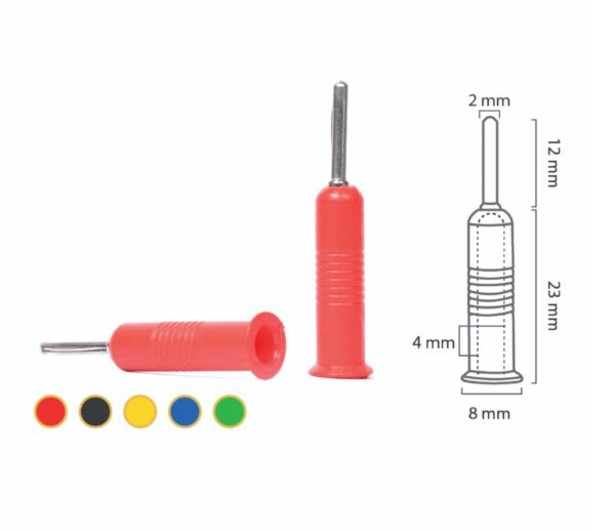In the world of automotive diagnostics, the OBD II (On-Board Diagnostics) system is a crucial tool for both mechanics and car owners. Central to this system is the OBD II male connector, a small yet significant component that plays a pivotal role in accessing and interpreting a vehicle's diagnostic information. This article delves into the OBD II male connector, its purpose, and how it serves as the gateway to your vehicle’s health.
What is the OBD II Male Connector?
The OBD II male connector is an essential interface in modern vehicles, providing a standardized connection point for diagnostic tools. Introduced in 1996, the OBD II system was designed to monitor and report on various engine and emission-related functions. The male connector, which is typically located under the dashboard, is the access point for reading the vehicle's diagnostic codes.

The connector itself is a 16-pin, D-shaped interface that connects to the vehicle’s onboard computer. The pins in the connector correspond to different data points within the vehicle, such as the powertrain control module (PCM), emissions systems, and various sensors. The standardization of the OBD II connector means that it is compatible with a wide range of diagnostic tools, making it an invaluable tool for mechanics and vehicle owners alike.
The Purpose of the OBD II Male Connector
The primary purpose of the OBD II male connector is to provide a standardized connection for diagnostic tools to communicate with the vehicle’s onboard computer. This communication allows for the retrieval of diagnostic trouble codes (DTCs), which indicate potential issues within the vehicle. These codes can point to problems with the engine, transmission, emissions system, or other critical components.
By using the OBD II male connector, mechanics can quickly and accurately diagnose issues, reducing the time spent troubleshooting and ensuring that repairs are targeted and effective. Additionally, vehicle owners can use OBD II scanners to monitor their car's health, potentially catching issues early before they lead to more significant problems.
How Does the OBD II Male Connector Work?
The OBD II male connector works by establishing a link between the vehicle’s onboard diagnostics system and an external diagnostic tool. When the connector is plugged into the OBD II port, it allows the diagnostic tool to access the vehicle's data stream. This data stream includes information on the vehicle’s engine performance, emissions levels, and other critical parameters.
Once connected, the diagnostic tool can read and interpret the diagnostic trouble codes stored in the vehicle’s onboard computer. These codes are typically in a standardized format, making it easy to identify the specific issue. The OBD II system also allows for real-time monitoring of certain parameters, providing valuable insights into the vehicle’s current performance.
Importance of the OBD II Male Connector in Vehicle Maintenance
The OBD II male connector is an indispensable tool in modern vehicle maintenance. It simplifies the diagnostic process, allowing for quick identification of issues that may otherwise go unnoticed. This capability is particularly important in today’s vehicles, which are equipped with complex electronic systems that require precise diagnostics.
For car owners, the OBD II male connector offers peace of mind by providing access to vital information about their vehicle’s health. With the right diagnostic tool, they can perform regular checks, ensuring that their car is running efficiently and addressing any issues promptly.
Conclusion
In summary, the OBD II male connector is a small yet vital component of the automotive diagnostic process. Its role in connecting diagnostic tools to the vehicle’s onboard computer allows for accurate and efficient identification of issues, making it an essential part of modern vehicle maintenance. Whether you’re a professional mechanic or a car owner looking to keep your vehicle in top shape, understanding the function and importance of the OBD II male connector is key to maintaining your vehicle’s health.
For More Info:










Write a comment ...